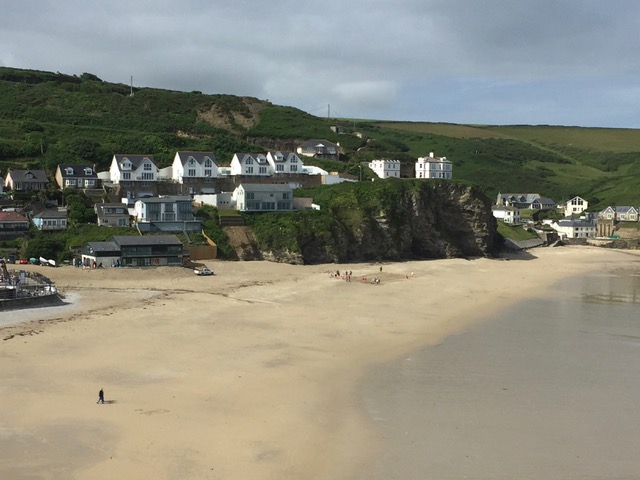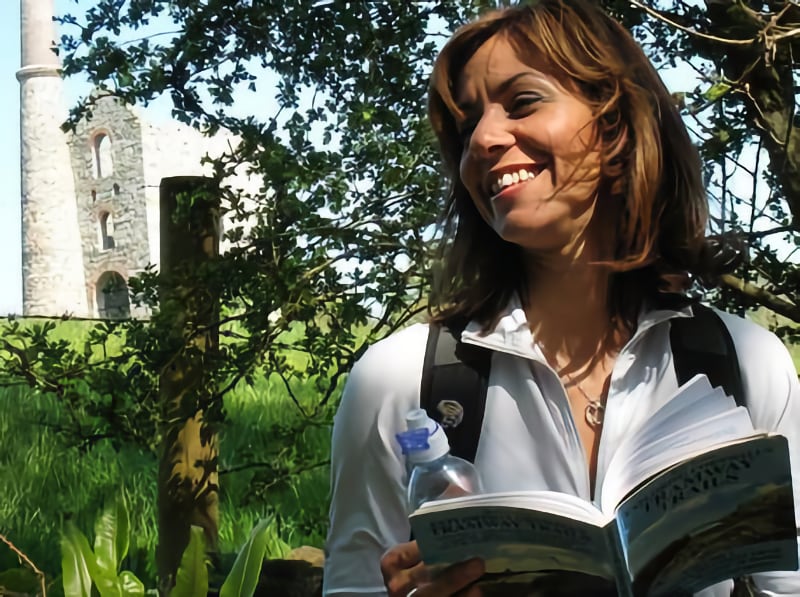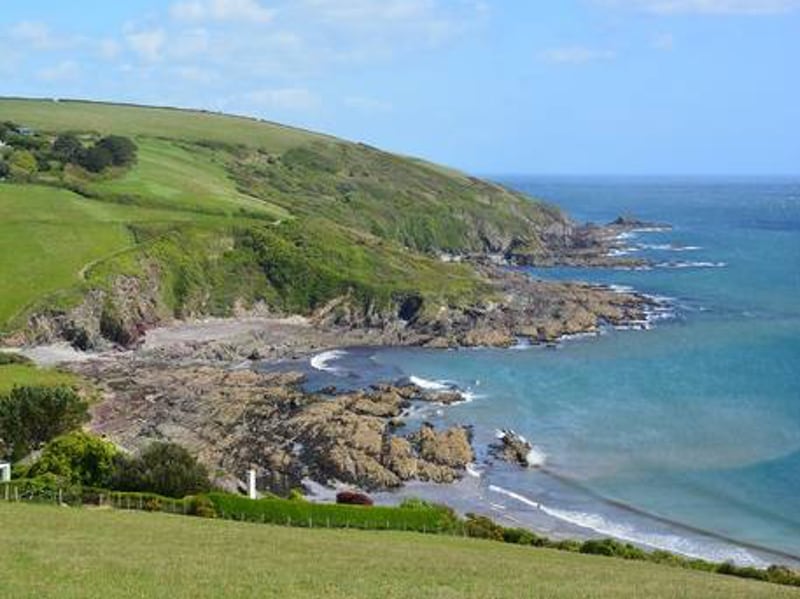The Journey to the Walk (346 miles)
The journey by rail from Liverpool Lime Street to Perranwall station is an eye-watering seven hours and thirty minutes, slightly longer than the flight to Dubai. But as I hate flying and love train journeys, it was a pleasure. The highlights of the trip south have got to be skirting the sea at Dawlish and looking back towards Plymouth’s naval base from the extremely high railway bridge at Saltash. After a refreshing night’s sleep in Truro I found myself at the bottom of the Portreath to Devoran Trail (at the Devoran end).
Running the railway walk (10 miles)
Of all of the six walks that Julia covered in her book and on TV, this is the least recognisable as an old railway. Following the track bed of a tramway, the frequent reminders of a bygone purpose that are seen on the other five walks: bridges, platforms and tunnels are not to be seen. Instead you find your way through multiple paths that head across Cornwall.
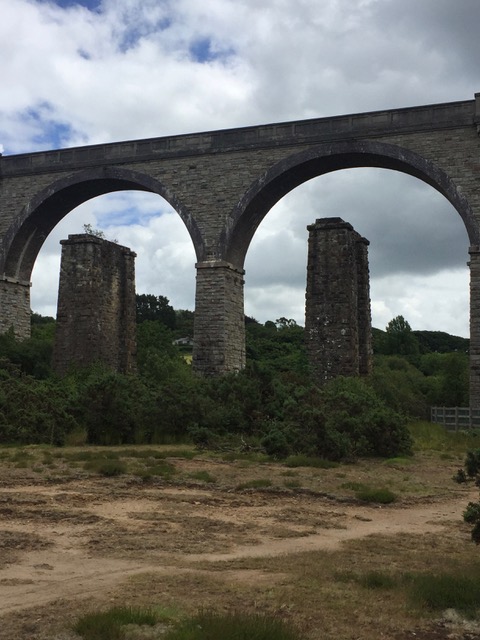
Almost immediately you come across the Brunel Viaduct that carries the mainline to Penzance across the Carnon River. You can see the long disused brick pillars of the original viaduct that had to be rebuilt a mere seventy years after opening alongside its replacement. In typical tourist fashion I found myself taking pictures of the viaduct as bemused dog walkers undertook their daily routines around me.
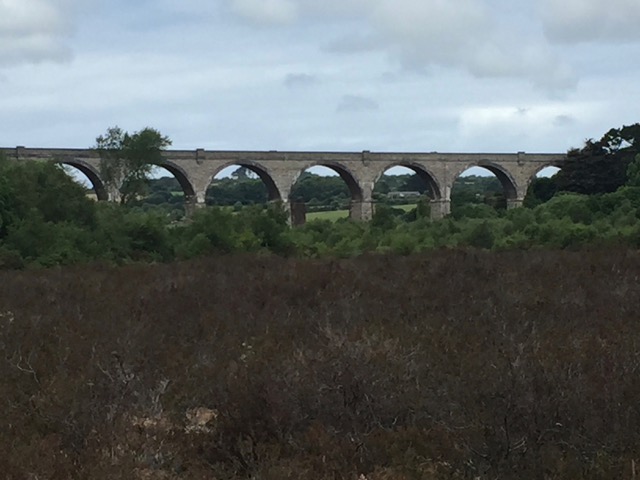
The path gets ever quieter the further you travel from Devoran and after three miles you come across the sleepy hamlet of Twelveheads. The name derives from the twelve ‘heads’ of the ore crushing machines used in the mining industry. Today it is a cross roads on the Portreath and Devoran Trail and an easy place to lose your way. Luckily for me I stumbled across the bakery/café/shop named Bon Appetit. Not only was I rewarded with a Cornish pasty and coffee, I was put right as to the direction of the next led of my journey.
This took me up to the scarred landscape of Creegbrawse. A truly lunar landscape created by the mining of arsenic, which was a much-prized chemical of the Victorian and Edwardian age. For my part I couldn’t help thinking about the more sinister uses arsenic had been put to as the poison of choice for nineteenth century murderers. The sounds of motocross bikes taking advantage of the cratered surfaced roused me from my daydreams and I jogged on toward Scorrier.
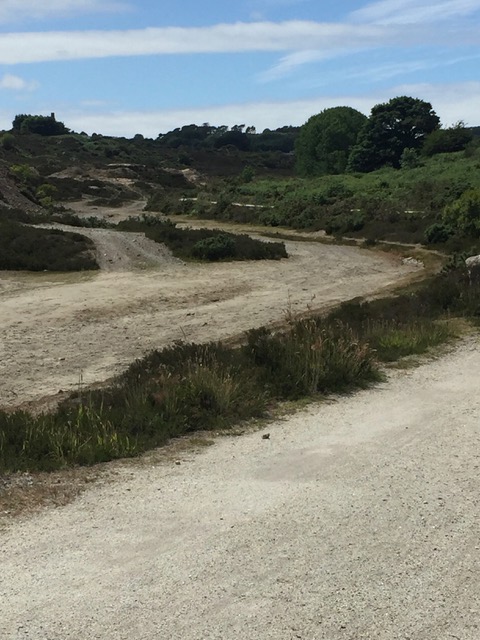
Its here that the trail disappears and the walker/runner has to cross over the busy A30. After the dramatic wilderness of the Poldice Valley this is quite a shock, with a large overpass and roundabouts to negotiate. I successfully re-found the path behind the Rodda’s Cornish clotted cream factory and ran away from the hustle and bustle of cars, up a path that had clearly once been the track bed.
This continues on until Mawla at which point I jogged down the road to Cambrose where the old track bed restarts. Here the trail hugs the valley side and follows the B3300 into Portreath and journey’s end.
Epilogue
Given the distances involved I incorporated running the Portreath to Devoran Trail with the Rodwell Trail, which begins in Weymouth. When I looked at a map of the UK it looked a relatively short skip and a jump to get there. It turned it that it takes six hours by public transport from Portreath to Weymouth. In any event, this necessitated a overnight stay at the Portreath Arms on a night when Wales, a Celtic nation much loved by the Cornish, were beating Belgium in the European Championship. The score made for a memorable night for Wales and for me.
Best bit
Entering the beautiful village of Portreath running the roadside track up the B3300 and reflecting on an amazing run.
Worst Bit
It was easy to lose the trail and wander off in the wrong direction. When the path ends, and you need to navigate a village or hamlet, make sure you are on the right track before proceeding as I added a good few miles to the journey by being careless.
Top Tip
An overnight stay at Portreath is essential given the distances and the buses from the town are infrequent. Be careful to check the current times for your onward journey as part of the planning process.

